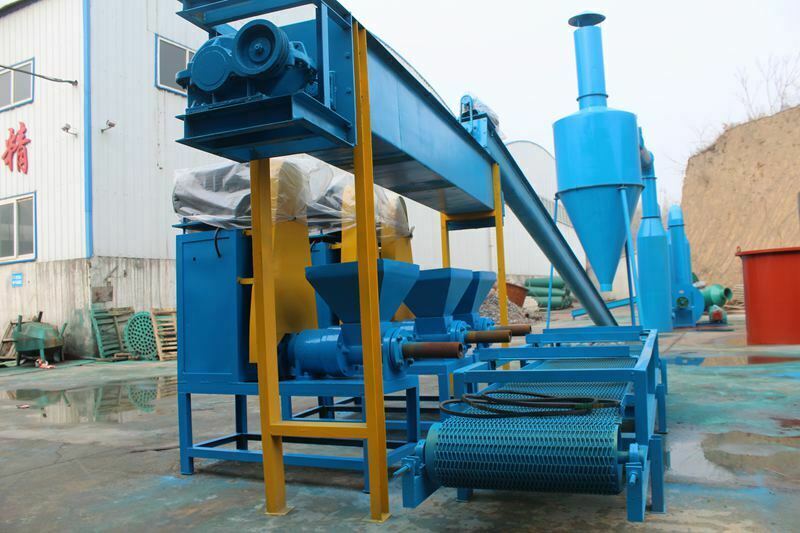First, the water content
Since charcoal is a highly absorbent substance, it absorbs moisture in the air during the stacking process and increases its moisture content. Therefore, the moisture content of charcoal has no effect on its own quality, but the customer of charcoal machine production line requires that the moisture content of charcoal should be as low as possible to improve its economic value. In general, the moisture content of the newly released charcoal is less than 3%.

Second, the volatile fraction (volatile content)
The amount of volatile matter depends on the carbonization temperature. Depending on the application, we can burn low or medium temperature charcoal or burn high temperature charcoal. The volatiles of CO, CO2, H2, CH4 and gaseous carbohydrates released by the former during high-temperature calcination are generally 12-20%. The above-mentioned volatile matter released by the high-temperature carbon is small, and its content is generally less than 5%.
Third, the ash rate (ash content)
Ash is the white or pink material that remains after all the charcoal has been burned, which is what we usually call ash. Its size directly affects the use and economic value of charcoal. For example, straw, rice hulls and the like contain large amounts of ash, and are not easily detached during combustion, resulting in low temperatures during combustion, which is not suitable for people’s lives and industrial charcoal. Of course, people want the ash of charcoal to be as small as possible to expand its use.
The ash content of charcoal will vary depending on the process and temperature of the carbonization process. However, in terms of wood or its scraps, the difference in ash after carbon formation is not large. Generally speaking, under the above-mentioned conditions, the charcoal fired in broad-leaved forest is higher than the coniferous forest, and the raw material with a large proportion of bark is burnt. The charcoal ash is also larger. Typical charcoal ash is between 1 and 4%.
Fourth, carbon content
The carbon content of charcoal varies with the variety of the raw material and the carbonization temperature. In general, hardwoods have higher carbon content than the woods of dense wood such as poplar and paulownia at the same carbonization temperature. The carbon content of the same raw material at a high temperature carbonization is higher than that at a low temperature. Generally, the carbon content of charcoal is less than 75%. We take pine as an example. When the carbonization temperature reaches 380 °C, the carbon content is 76%. When the temperature reaches 500 °C, the carbon content reaches 85%. When the temperature reaches 600-700. At °C, the carbon content is 92%.
Five, heat
The energy released per kilogram of charcoal under certain conditions is indicated by Dhaka. The calorific value of charcoal has a direct relationship with the carbonization temperature and holding time. Under the same carbonization temperature and holding time, the calorific value of charcoal of different raw materials is also different. In general, the carbonization temperature is high, the holding time is long, the carbon content is also large, and the calorific value is naturally high. When the carbonization temperature is less than 450 °C, the calorific value of charcoal made from wood and its corner scrap is usually between 6500 and 7000 kcal/kg, and the calorific value of straw and rice-shell charcoal is generally around 6000 kcal/kg. . When the carbonization temperature is greater than 600 ° C, the calorific value of the carbon made of the above materials can be increased by 500 to 1000 kcal.
